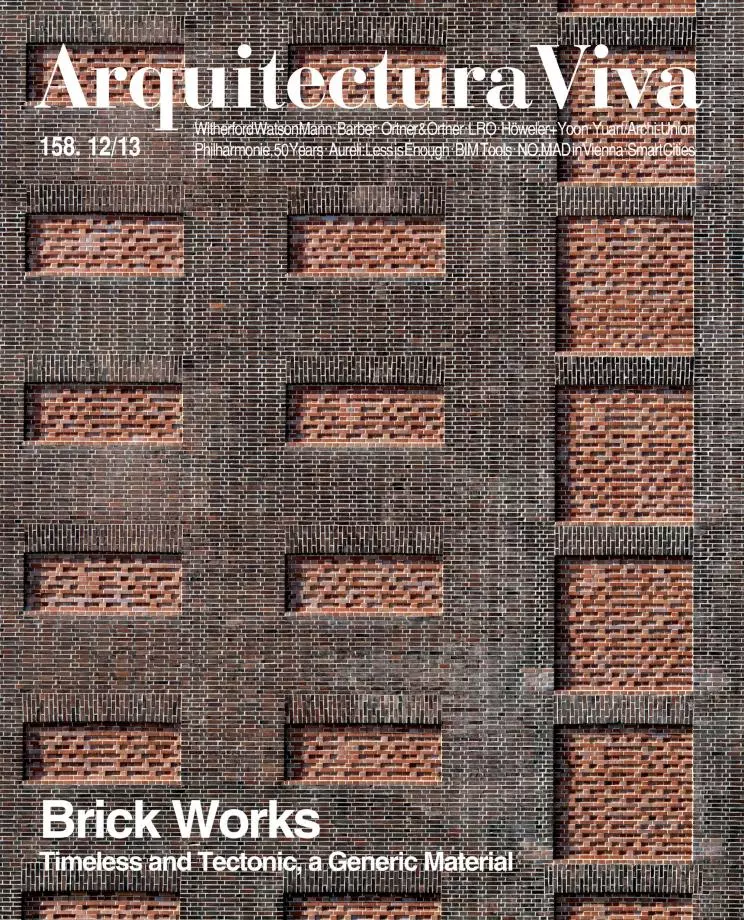Brick: Short History of a Global Material
Grave or Light

Works like ‘The Column and the Weight’, by Juan Navarro Baldeweg, suggest the paradoxes that gravity produces in art and architecture. This can also be a starting point for writing today about brick.
Laws of physics govern the realm of construction inexorably, and construction is the vehicle that materializes architecture. Among them, the law of gravity has historically posed the greatest challenges for architects. Matter is mass, and with it, architecture is built. From the pyramids of Egypt to today’s buildings, the history of architecture could be summed up in terms of the human ambition to build ever larger shelters and monuments with less mass. The pyramid of Cheops is pure mass arranged in the most geometrically stable manner possible. Stacking stones is the most elementary way to build architecture. Man would later learn to organize matter. The hypostyle hall of the linteled construction in Luxor gave way to Roman basilicas, whose vaults allowed reducing intermediate supports. The transition from Romanesque to Gothic was likewise in response to the desire for broader spans with less matter, accentuating the lightness of the space. In a transposition of the Olympic motto citius, altius, fortius to the field of construction, every civilization has sought to outdo itself...





